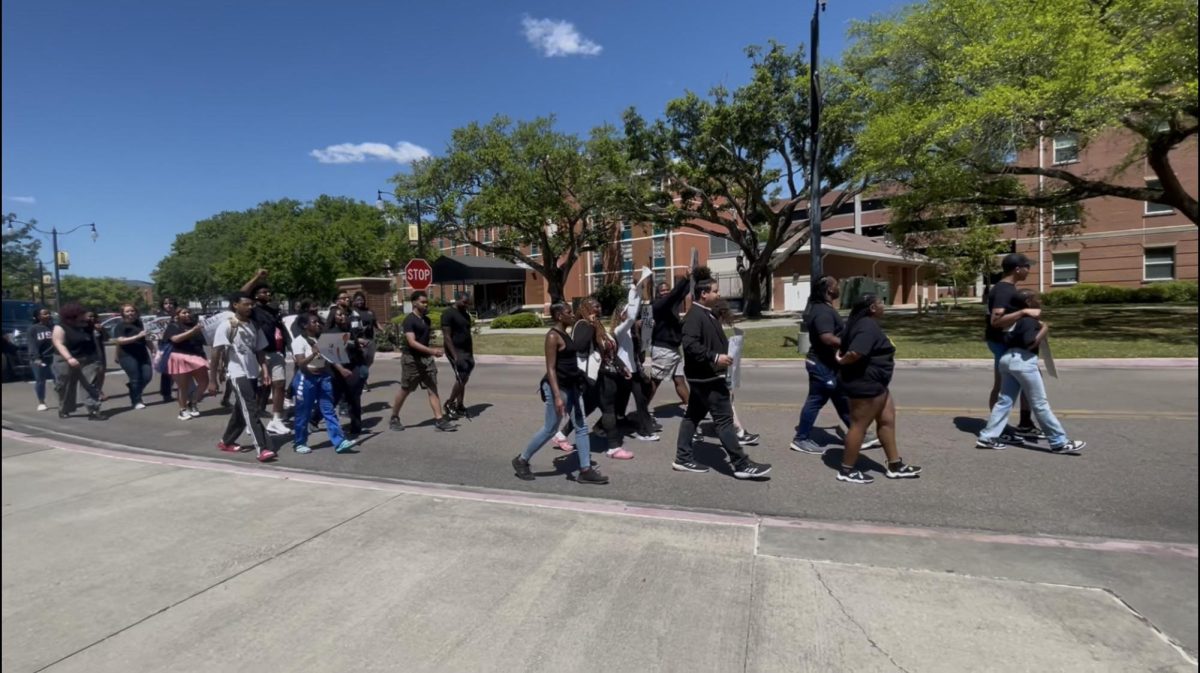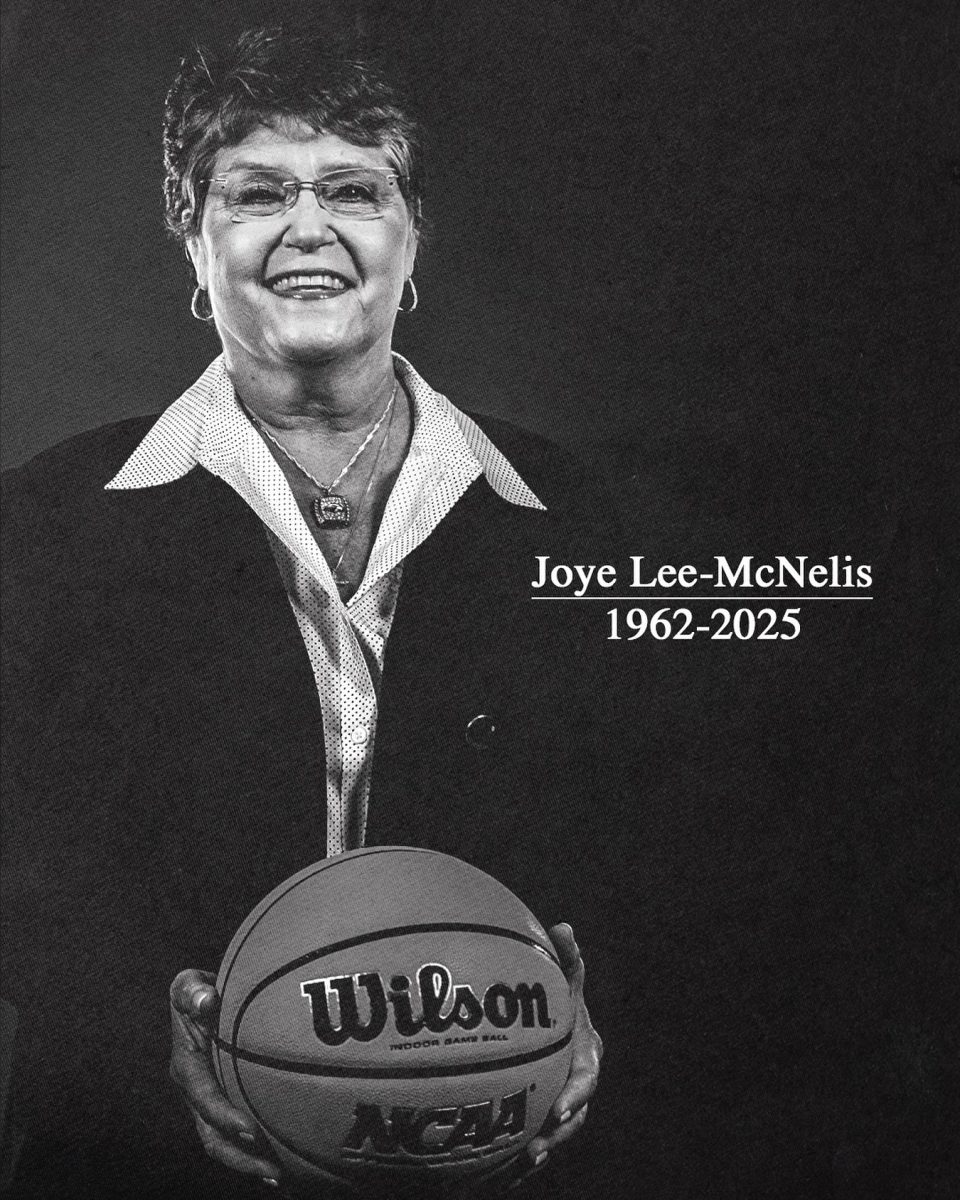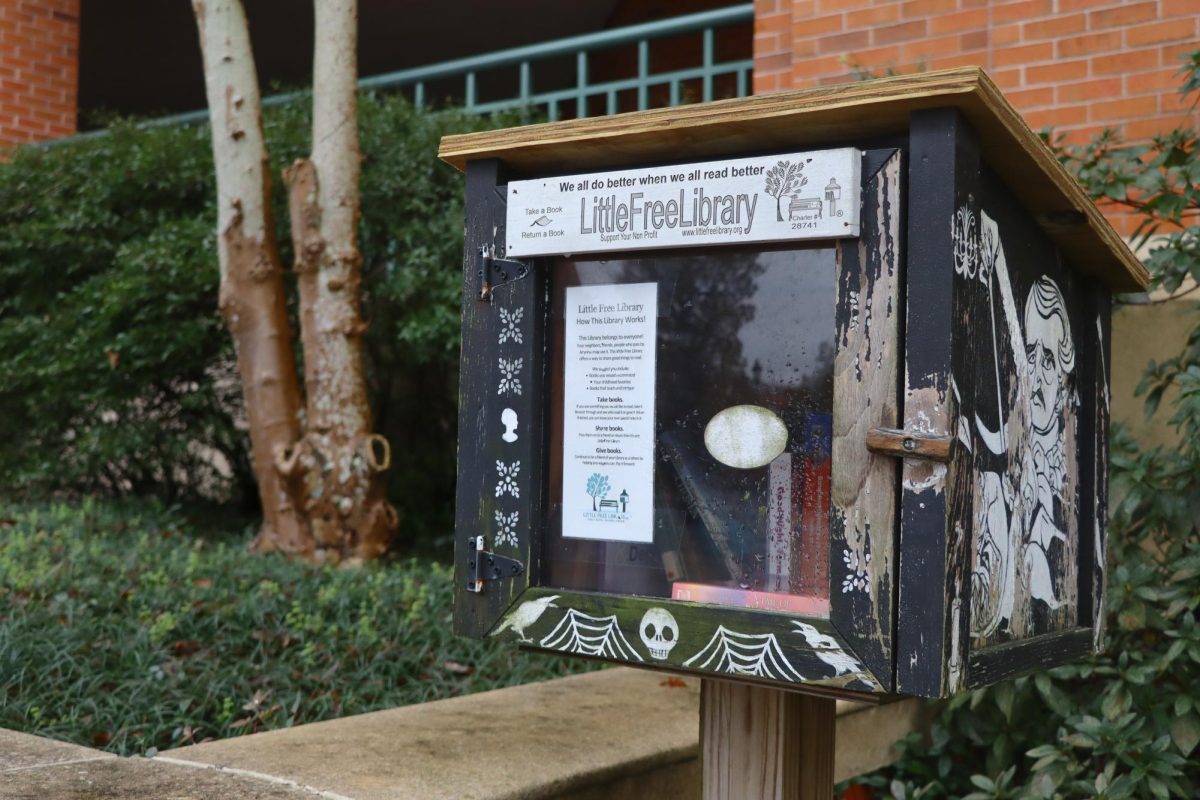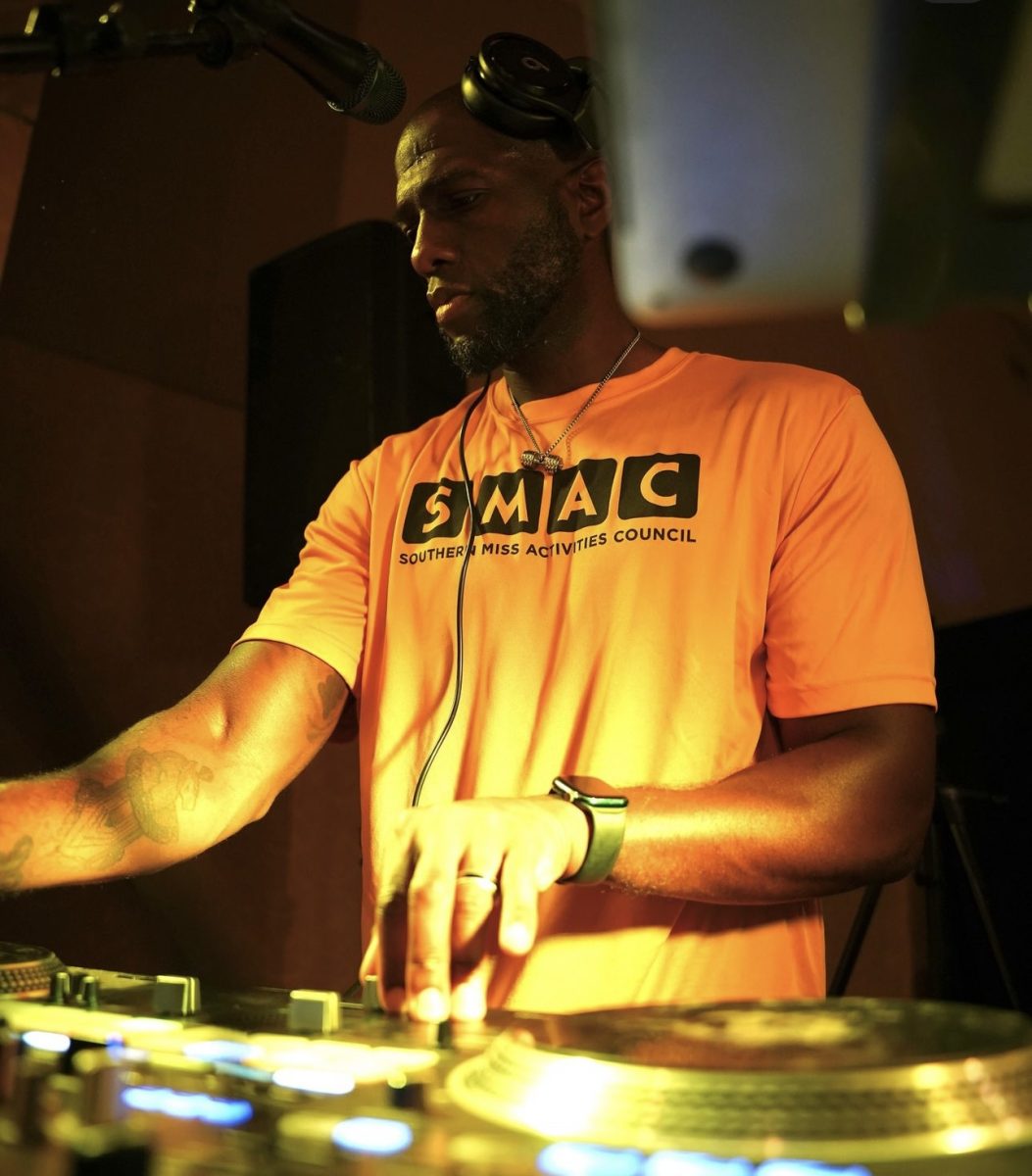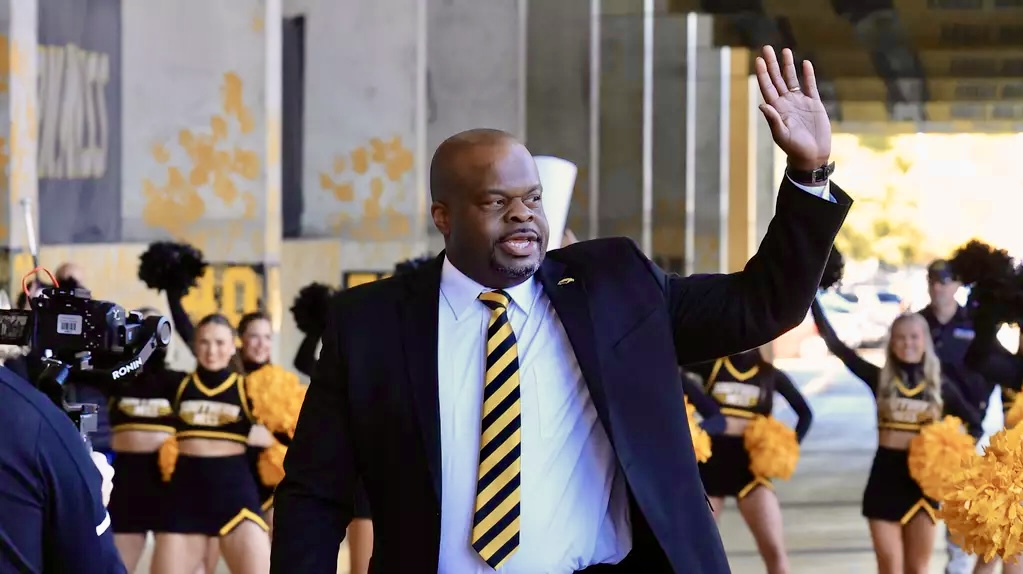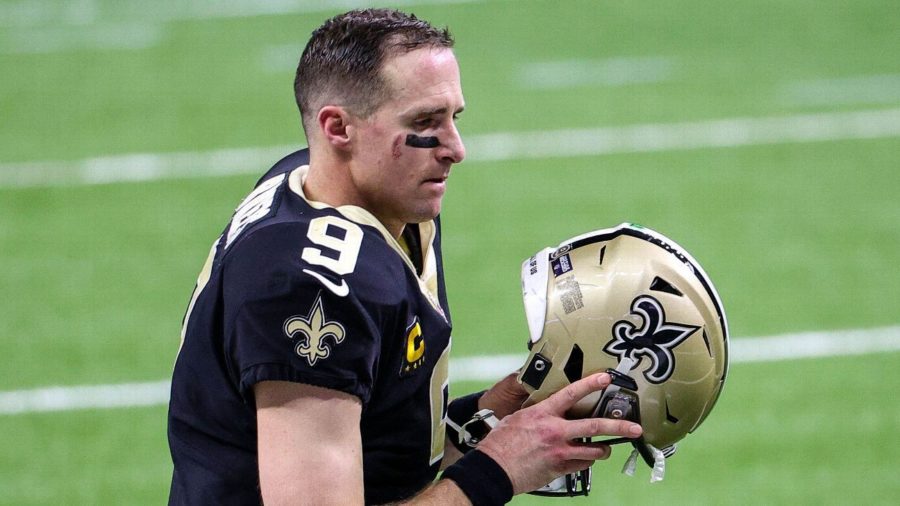Even though the NFL community expected Drew Brees to retire within the next few years, the official announcement still led to an outpour of reactions from fans and rivals alike. Brees was one of the greatest signal callers in the NFL, and his 20 year tenure not only affected the game of football, but also affected the city of New Orleans and the Gulf Coast region.
In 2006, the Saints and Brees were not doing well. Brees was a young quarterback coming off of a gruesome shoulder injury that other teams did not think he could recover from. The Saints, meanwhile, were an unstable organization that had endured several disappointing seasons and the devastation of Hurricane Katrina. No one knew what was to come once the team signed on Brees.
15 years later, Brees’s tenure with the Saints has become legendary. Brees helped turn the franchise into one of the most successful and feared teams in the league. Brees himself sits atop the record books, too, and is easily the most influential athlete in Louisiana’s sports history.
During Brees and Head Coach Sean Payton’s 15 year tenure, the Saints won 150 games. This is a vast improvement to the franchise’s previous record, as it only recorded 237 wins in its first 39 years in the NFL. Their initial outing in 2006 went all the way to the NFC Championship. Though they ultimately fell short, fans knew good things were to come.
Those “good things” came three years later, as the Saints made a historic title run. Brees led the Saints to a 13-0 start in the 2009-2010 season, giving the team home field advantage during the playoffs. New Orleans made its first Super Bowl appearance in franchise history, just four years after Katrina and a dismal 3-13 season in 2005.
While Tracy Porter’s pick-six sealed the Saints’s first Super Bowl win, Brees’s efficient performance of 288 yards and two touchdowns earned him Super Bowl MVP.
Part of this success is due to consistency. While many teams tend to change quarterbacks every couple of years, Saints fans knew Brees was their leader, and knew he would remain for a long time. The stability and consistency Brees and the Saints’s offense provided were unmatched.
Though the Saints’ defense had some historically bad years after the 2010 Super Bowl, Brees and the Saints’ explosive offense kept the team afloat. Some critics latched onto the idea that Brees was “regressing” after three mediocre 7-9 season, but he again proved them wrong.
The Saints changed their offensive formula and bolstered their team with talent to surround Brees as the defense continuously improved. Brees became incredibly efficient during what many once considered the end of his career. He broke the NFL record for completion percentage in 2018, which he had also set a year before, and finished second in MVP votes. It marked the fourth and last time he finished short of the award.
During the last four years of his career, the Saints made serious playoff pushes, including a near Super Bowl appearance in 2018. Brees threw for 106 touchdowns and 23 interceptions with an average 110 passer rating.
But time took a toll on Brees. He suffered a lot of injuries and limitations during his last two seasons, which made it clear that his playing time was coming to an end. He still pushed to the very end of his career, even playing after breaking 11 ribs, one of which punctured a lung.
Though many Saints fans hoped to send Brees off on another Super Bowl win, Brees cemented his legacy into the franchise long ago. As Saints owner Gayle Benson wrote in an official farewell, “You have lifted and inspired a city, a state and region, and done it over 15 years with class, grace and dignity.”
Even though Brees is stepping away from the field, his impact and involvement in New Orleans and football will be felt for years to come. Saints fans across the board are grateful for the historic run they were a part of, and prepare for his bid into Canton in four years.

